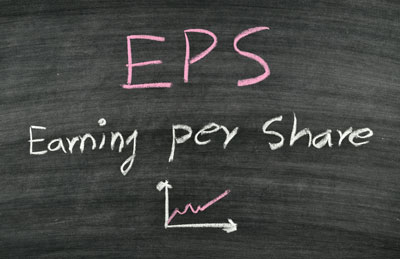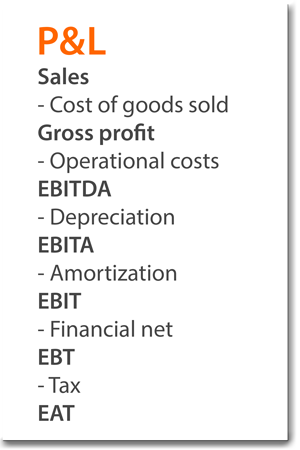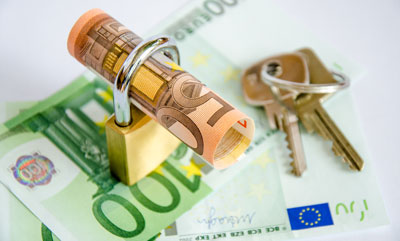Mer
Another example is that parts of the purchase during acquisition are deposited into an escrow account as security for the guarantees that the seller of the company gives to the buyer. It can be a commitment from the seller that lasts over a number of years, and where installments from the escrow account to the buyer take place if the buyer makes no warranty claims.
Suppose a company is sold for 100 million and 10 % (10 million) is deposited in an escrow on a blocked bank account as security for the three-year guarantees that the seller gave the buyer. The funds on the escrow account are also the seller's maximum commitment to cover any warranty claims.
The parties have also agreed that the guarantee commitment fades with time, and that one third should therefore be paid to the seller every year, that is, 3.3 million per year, unless the buyer has warranty claims.
If, however, it turns out that the company's inventories were valued at a price 2 million too high and the seller accepts the buyer's claims, a payment from the escrow account of 2 million is transferred to the buyer as a compensation for the inadequacy.
The party (for ex. a bank) that offers and is responsible for an escrow takes a fee of some percentage to cover the costs of administering the account and manage the payments.










